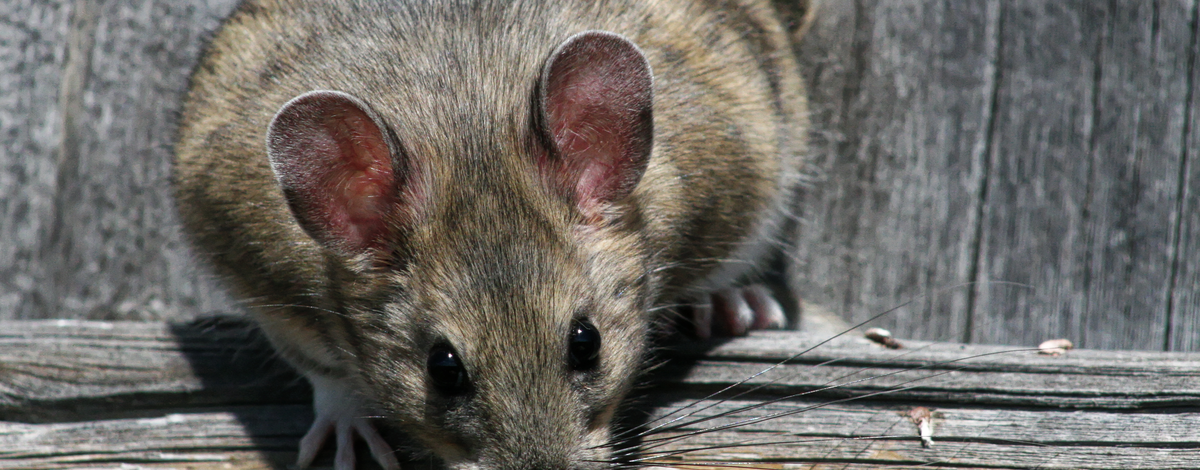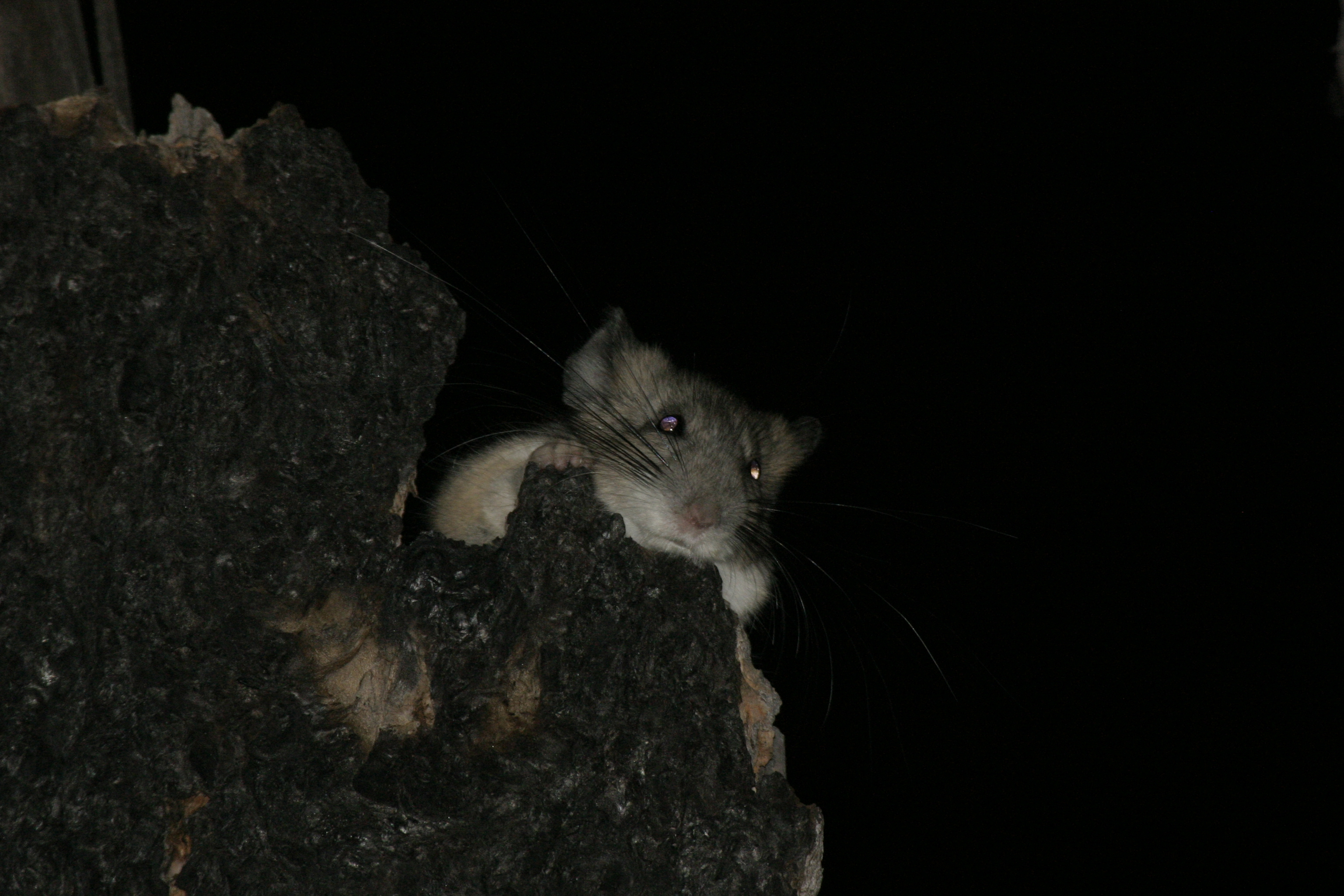We all know someone that would rather have a root canal than get rid of clutter. We call these acquaintances “pack rats” because rather than consistently get rid of things they no longer need, they instead build up mounds of miscellaneous knickknacks that only they and maybe a woodrat would find valuable.
Now, no disrespect to the bushy-tailed woodrat, February’s Wildlife Express featured critter. These literal pack rats, as they’re more commonly known, make it their life’s work to collect enough objects to furnish their home, otherwise known as a midden, and do so mostly under cover of darkness.
If you’ve ever laid eyes on a woodrat, you’d see just how big their eyes and whiskers are. These two features give the woodrat a huge advantage when scurrying around at night, collecting shredded plants and twigs. It is here, within the walls of the woodrat’s midden, that they build dens, where the female can give birth to typically three pups per litter. A female can have as many as three litters a year.


